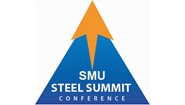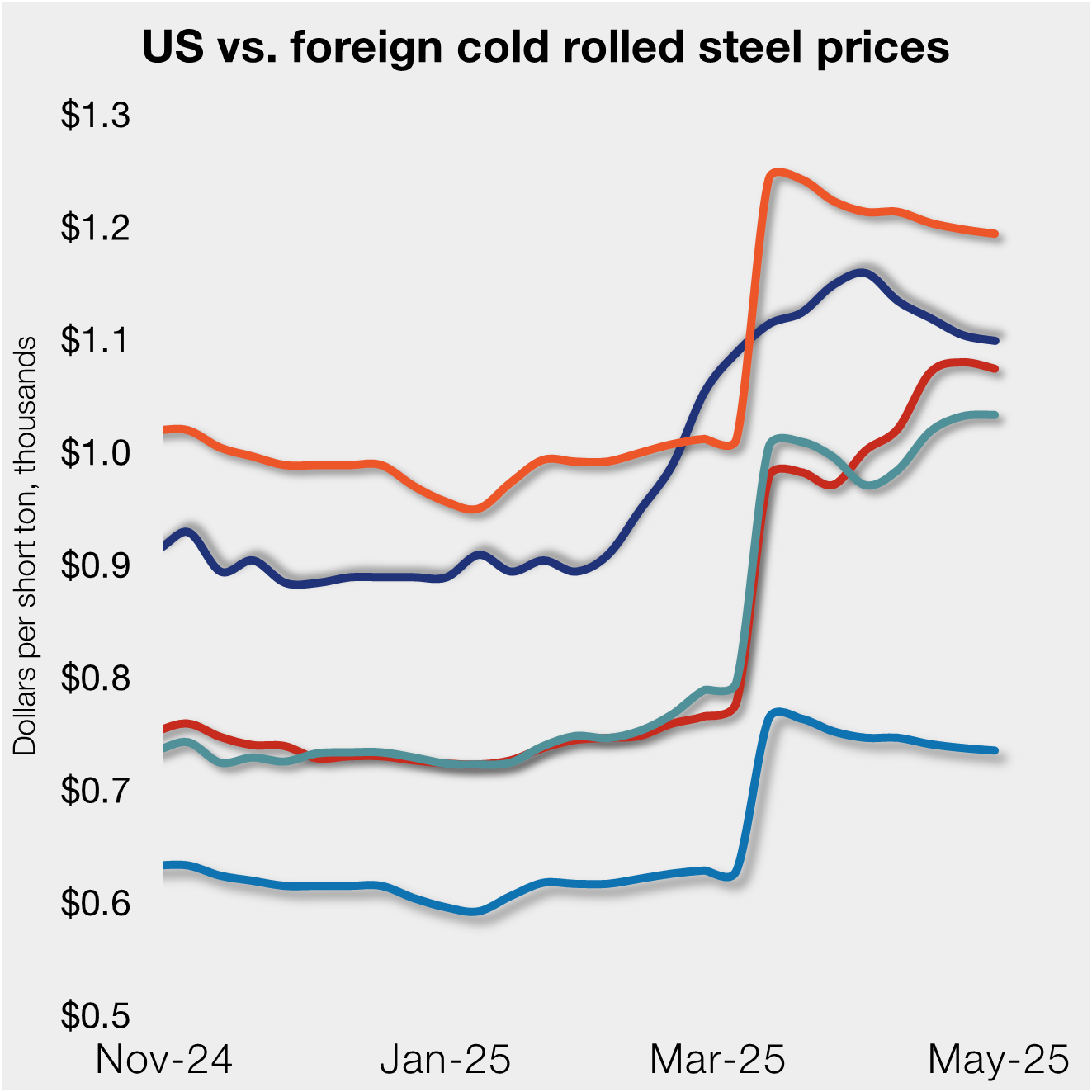Steel Products

SMU Steel Summit: Global Perspectives on Pandemic
Written by Sandy Williams
August 24, 2020
The SMU Steel Summit 2020 was off to a strong start on Day 1 covering a wide variety of topics from new capacity to international trade. SMU President John Packard officially opened the conference on Monday leading a panel discussion about the steel industry in Mexico, the Middle East, Turkey and China.
Ternium CEO Maximo Vedoya said the steel industry is improving in Mexico, but not back to pre-COVID levels. Construction was completely shut down in Mexico and private construction continues to be weak. Stringent lockdowns in Columbia and Argentina severely curtailed steel consumption, but Brazil, with looser pandemic measures, was not nearly as affected. USMCA is great news for steel companies in North America, said Vedoya, and will give customers more choice for sourcing steel. Possible new Section 232 tariffs on Mexican steel and aluminum “make no sense,” said Vedoya, adding that Mexican steel is not subsidized, traded unfairly or a threat to U.S. national security. “I think it hurts the U.S. mills more than Mexican mills.”
Jose Gasca, managing director at Metrading International AG, said the pandemic hit Turkish and Middle Eastern mills hard. China, the first to experience COVID-19 and the first to recover, is one of the few countries to increase capacity in the last six months during a period when other countries have reduced production and idled mills. China is “the driver of the bus,” taking the international market wherever it wants to go, said Gasca. Strong pandemic measures followed by government stimulus and infrastructure spending have spurred robust steel demand in China.
John Johnson, CEO of CRU China, added that steel exports from China fell during 2020, and China became a net importer of steel in June as demand outpaced domestic production. COVID-19 hit during the Chinese New Year, a traditionally slow period in China, with demand falling 14 percent in the first quarter compared to Q4 2019, but it bounced back in Q2.
China’s new five-year plan, due to start in 2021, will focus on a dual circulation economy, decoupling and decarbonization, said Johnson. For the Chinese steel industry, dual circulation will focus on domestic demand and implications for steel; decoupling will shift focus on “supply chain chokepoints” like iron ore and may become more regional; and decarbonization will support supply side reform, the rise of EAFs, and a focus on reducing CO2 and greenhouse gas emissions.
Will trade policy change following the U.S. election? Not likely, agreed the panelists. U.S. trade policy is expected to continue to be “quite protectionist.”
(Note: Conference attendees may access a recording of the panel discussion on the agenda section of the Steel Summit platform)

Sandy Williams
Read more from Sandy WilliamsLatest in Steel Products

Rig counts trend lower in US and Canada
Oil and gas drilling activity eased in both the US and Canada this week, according to Baker Hughes. US rig counts remain near multi-year lows, and Canadian activity continues its seasonal slowdown.

Wittbecker on Aluminum: When do the tariffs reach Main Street?
Containers sailing from China in April are down 15%-20% and Hapag Lloyd says their future bookings transpacific are down 30%.

SMU flat-rolled market survey results now available
SMU’s latest steel buyers market survey results are now available on our website to all premium members. After logging in at steelmarketupdate.com, visit the pricing and analysis tab and look under the “survey results” section for “latest survey results.” Past survey results are also available under that selection. If you need help accessing the survey results, or if […]

US, offshore CRC prices edge lower
US cold-rolled (CR) coil prices edged lower again this week, slipping four weeks in a row now. Most offshore markets mirrored the move, ticking down marginally as well.

ISM: Manufacturing growth down again in April
Activity had trended up for most of Q1
